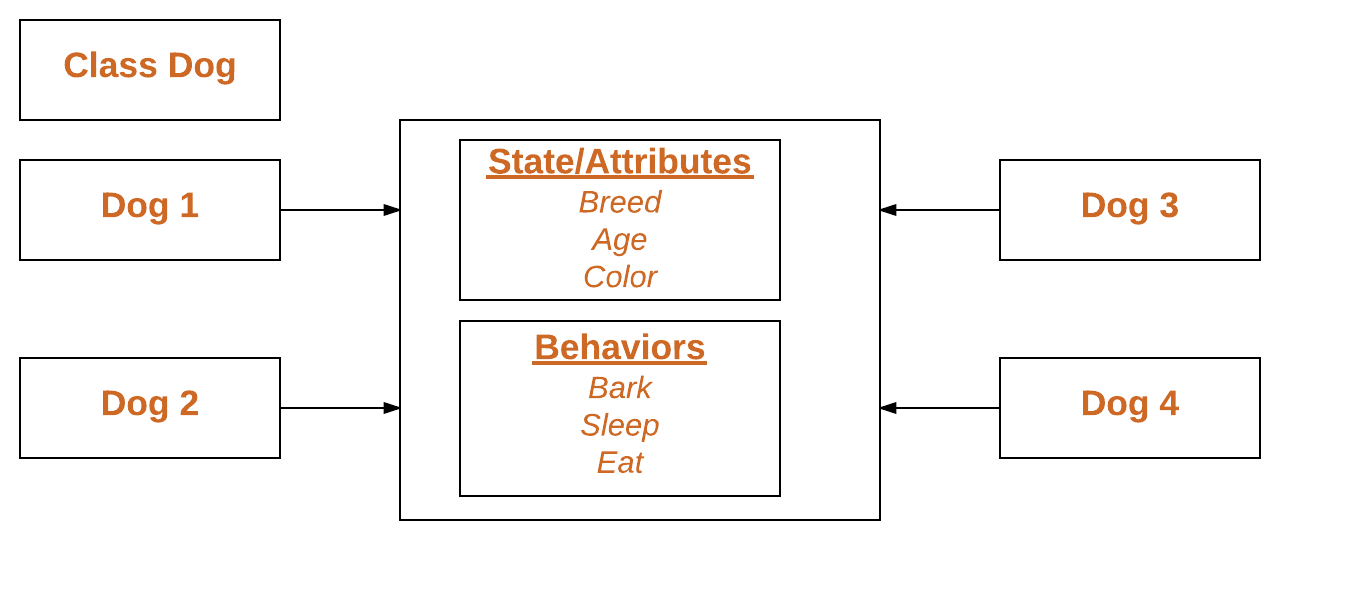

T-SNE has been used for visualization in a wide range of applications, including genomics, computer security research, natural language processing, music analysis, cancer research, bioinformatics, geological domain interpretation, and biomedical signal processing. While the original algorithm uses the Euclidean distance between objects as the base of its similarity metric, this can be changed as appropriate. Second, t-SNE defines a similar probability distribution over the points in the low-dimensional map, and it minimizes the Kullback–Leibler divergence (KL divergence) between the two distributions with respect to the locations of the points in the map. First, t-SNE constructs a probability distribution over pairs of high-dimensional objects in such a way that similar objects are assigned a higher probability while dissimilar points are assigned a lower probability. The t-SNE algorithm comprises two main stages. Specifically, it models each high-dimensional object by a two- or three-dimensional point in such a way that similar objects are modeled by nearby points and dissimilar objects are modeled by distant points with high probability.

It is a nonlinear dimensionality reduction technique well-suited for embedding high-dimensional data for visualization in a low-dimensional space of two or three dimensions. It is based on Stochastic Neighbor Embedding originally developed by Sam Roweis and Geoffrey Hinton, where Laurens van der Maaten proposed the t-distributed variant.

T-distributed stochastic neighbor embedding ( t-SNE) is a statistical method for visualizing high-dimensional data by giving each datapoint a location in a two or three-dimensional map.


 0 kommentar(er)
0 kommentar(er)
